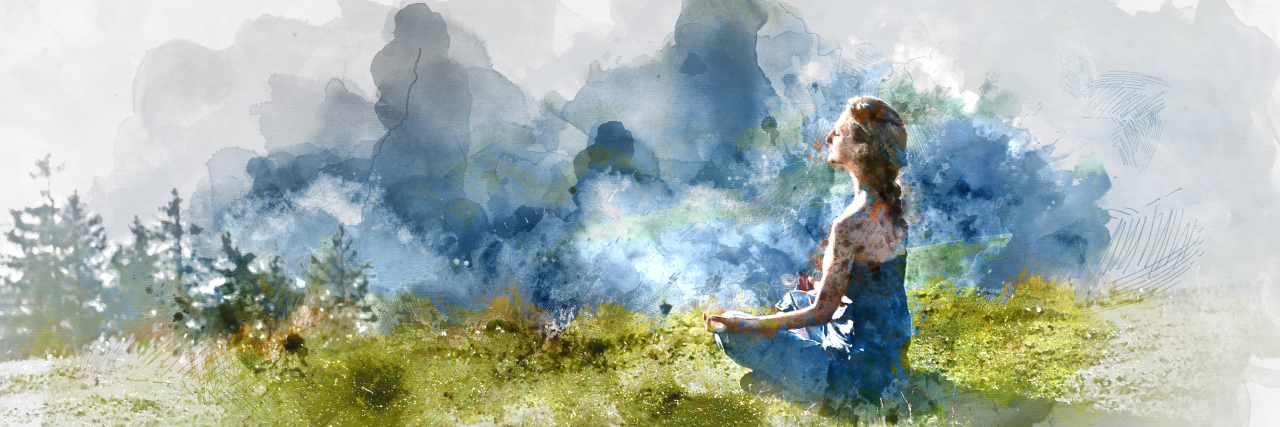4 Misconceptions I Had About Gratitude in Life With Chronic Illness
Editor's Note
If you’re looking for creative inspiration, check out the Daily Inspirations group on The Mighty.
I worry about gratitude. I worry that it is misunderstood and is getting a bad rap. I almost rejected it because I failed to understand what true gratitude was. So I am here to set the record straight and give gratitude its good name back. Here are the biggest misconceptions I had about gratitude, and the perspective shifts that allowed me to improve my thankfulness practice:
1) I thought gratitude was an “instead of” emotion.
One of the biggest misconceptions I had about gratitude was that I saw it as an “instead of” emotion. I thought I should feel grateful “instead of” sad, feel blessed “instead of” scared, and feel thankful “instead of” mad. I tried to use gratitude to erase all of the feelings I didn’t want to feel. This made me resentful towards gratitude because it was failing to do the job I wanted it to do. It also left me in a permanent state of overwhelm, as I was constantly trying to run away from the emotions gratitude failed to expunge.
Over time, as I became more comfortable with tough emotions, my perspective started to shift. I started to see gratitude as an “and” emotion, not an “instead of” emotion. I realized I could feel sad “and” grateful, scared “and” blessed, as well as mad “and” thankful. Once I stopped using gratitude as a tool to fix my feelings, I could finally revel in the beauty of appreciation.
2) I thought gratitude was something you should demand of yourself.
The reason I started practicing gratitude was because I thought I “had” to do it. I feared that if I wasn’t thankful, people would assume my illness was a consequence of my “bad attitude.” I often demanded myself to be grateful, and, as a result, failed to give myself compassion in the moments I needed it the most.
When I started to focus less on what I “had to do,” I realized gratitude was not a feeling I need to force. I realized if I was open to gratitude, it was certain to arrive. My only job was to watch for it, and be ready to receive it when it inevitably came.
3) I thought gratitude was a passive experience.
When I first started to experience gratitude, I didn’t really know what to do with it. I would naturally smile when my husband brought me tea in bed, and my heart would swell when my dog curled up next to me, but soon after the moment passed, my thankfulness fell flat. It was hard to hold onto the feeling of appreciation while being a passive participant in the experience.
Eventually, I started to participate more. I paused for a moment, and took note the sensations gratitude catalyzed in my body. I held on to these feelings by breathing into them, writing them down, and sharing them with others. I savored the feeling of gratitude, instead of letting the feeling pass me by.
4) I thought you must feel gratitude for hard experiences.
There have been times when I have felt obligated to come up with a silver lining to my health problems. During these times, I often pressure myself to answer the question “are you grateful that you became sick?” I am often disappointed with myself for not being completely ready to answer back with an “absolutely I am!” I used to think this meant I was failing the gratitude test.
Over time, I started to feel OK with the grey areas of thankfulness. I now know I can feel grateful for the personal growth I have had due to my illness, while at the same time not necessarily feeling completely jazzed about my health situation. I now feel OK knowing there have been amazing experiences that would have never happened if I wasn’t sick, and at the same time feel comfortable admitting I might erase the last few years if I could. Today, I feel OK feeling hopeful that gratitude may be possible in the future, while at the same time acknowledging that I do not feel thankful for my illness just yet.
Getty image by AmokLV.

